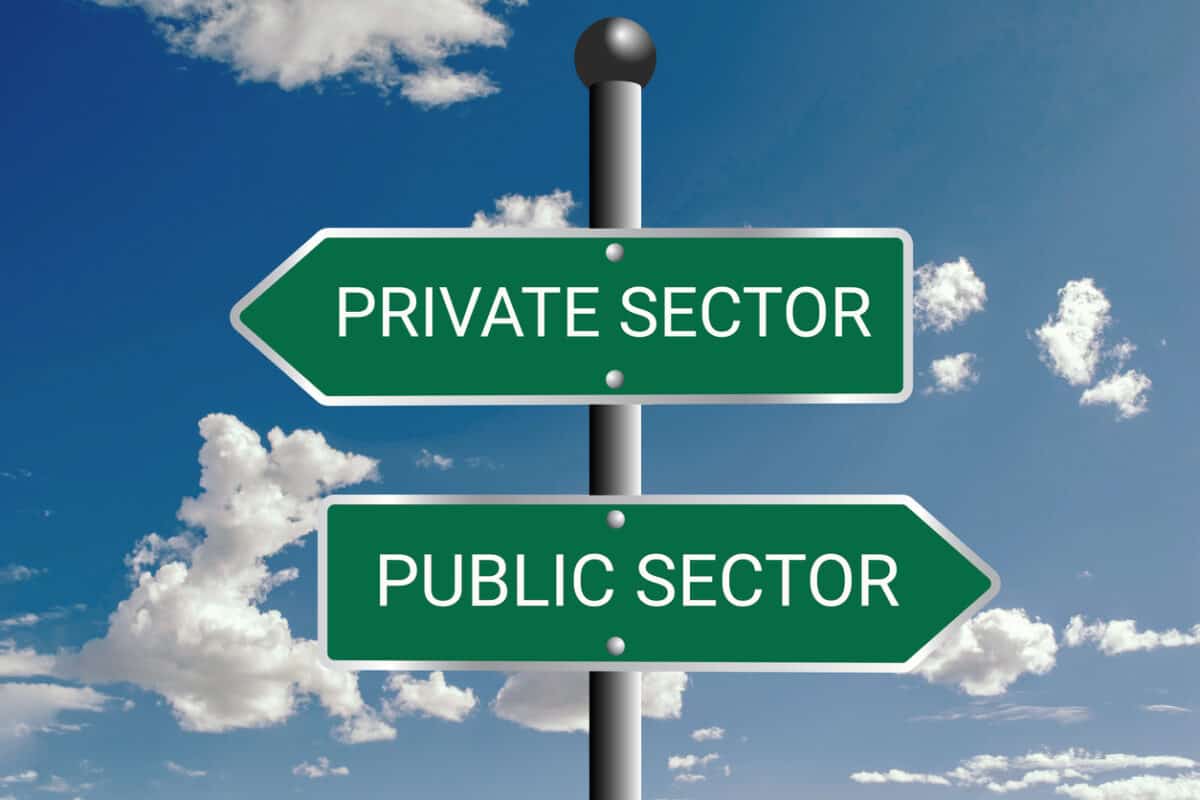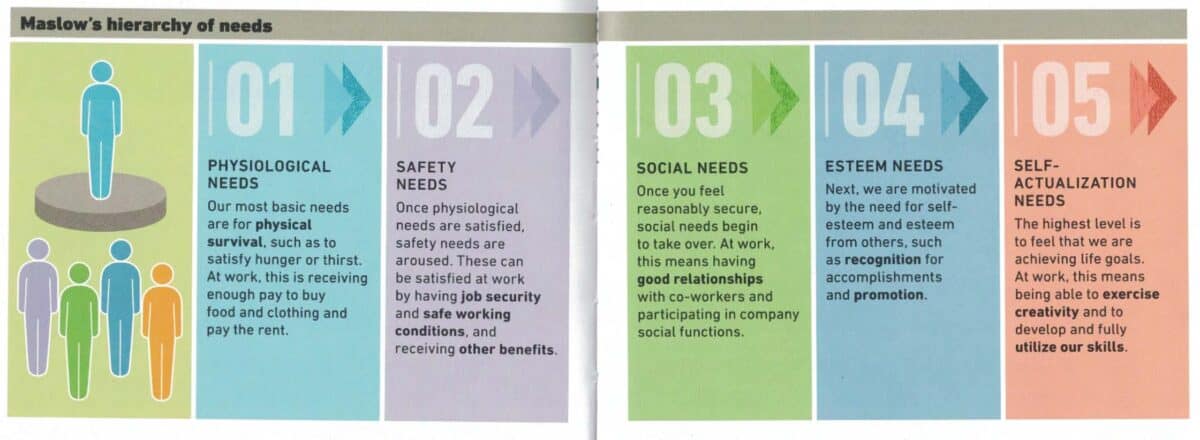Human Resources (HR) professionals must start thinking of worker mental health in occupational health and safety (OHS) as obligations under OHS laws are being refreshed throughout Australia. But the reverse is also true; OHS people must give HR professionals more respect than in the past. As such, new words for psychosocial hazards, job design and workload management may be needed. One of those words could be “busyness”.
Category: executives
Return to Office demands miss the point
This week a colleague told me that the return to the workplace demands by companies is the most significant issue for 2023. Perhaps, but it is no longer a significant occupational health and safety (OHS) challenge. The directions of company executives are couched in terms of productivity and management comfort. A short while ago, the cause of pre-vaccine tension was masks, hygiene, “dirty” public transport and mandatory vaccinations.
The issues have shifted from the avoidance of infections to the anxieties of returning to the office, which coincidentally places the issue in the OHS contexts of psychosocial issues and worker welfare.
Grievance Culture and Responsibility
Julian Baggini is a philosopher less well-known in Australia than in the United Kingdom but his writings can add to some of the current discussions about occupational health and safety (OHS) and business ethics.
In his 2010 book, Complaint, he analyses our grievance culture and how complaints can and should result in positive outcomes. OHS often seems to run on complaints and to understand how to respond to complaints, it is necessary to understand who is responsible for that response and why.
When an increase of 0.5 percentage points is described as an outrageous 43% increase
This week the Victorian Government flagged changes to the workers’ compensation premiums and eligibility. This has generated outrage from business lobby groups and the trade unions, and as he is being criticised by both political extremes, Premier Dan Andrews believes his decision, i.e. being hated by everyone, is a winner.
The Age newspaper was one of the first to report (paywalled) on the announcement of these changes on May 19, 2023. Significantly it included a quote from Dr Mary Wyatt on the economic and social importance of injury prevention. Hers has been one of the few mentions of the role of good occupational health and safety (OHS) management.
Tip-Off Line Remember, if you have some OHS information that you want SafetyAtWorkBlog to investigate or that would be of interest to SafetyAtWorkBlog readers, please contact us on the anonymous-if-you-want tip-off line
OHS and the weekend newspapers – 1
This is the first of, hopefully, many articles about what some of the weekend newspapers and media say about issues related to occupy national health and safety (OHS). It will not be comprehensive but short takes on what I see in the newspapers.
[Note, the article below mentions suicide and workplace bullying]
Workload and Suicide
It has been a year since an employee of the Victorian Building Authority, Rob Karkut, died by suicide. According to The Age (May 13, 2023, [paywalled] his suicide occurred:
“…amid intense pressure from the authority’s managers to meet ambitious inspection targets. A litany of failings within the organisation have been exposed since his death.”
OHS and management courses
Research findings that a sample of business and management courses have little to no OHS content are not surprising and match what has now become fashionable to call “lived experience”. Part of the reason for the findings is that the number of undergraduate courses in OHS has declined, and those that did exist were not often recognised as “management” courses, although OHS can be little else. They were certainly not “integrated” with other traditional management approaches.
Part of the reason, I like to think, is because OHS principles challenge the ethics underpinning business management courses and concepts. OHS would say that workers are people and not “units of labour”. If workers are people for whom we are supposed to apply dignity, respect and care, how can Business exploit the worker’s labour, loyalty and goodwill in order to maximise profits or shareholders’ returns, which are supposed to be the main purposes of modern business?
A management book that offers clarity and confidence
One of the most common complaints of newly graduated workers has been that although the university has provided a lot of knowledge, the courses are short on practical management skills. Occupational health and safety (OHS) is no different. One may learn about the social determinants of health but may have poor skills in managing or interacting with workers and colleagues.
Many try to fill this knowledge gap by reading various management and leadership books. Many choose books from leading business schools like Harvard, but these books are often incompatible with the legislative and cultural requirements of Australia or other local jurisdictions. Sometimes it is time to read a book on the basic concepts, like the Essential Managers Management Handbook, published by Dorling Kindersley in 2022.







